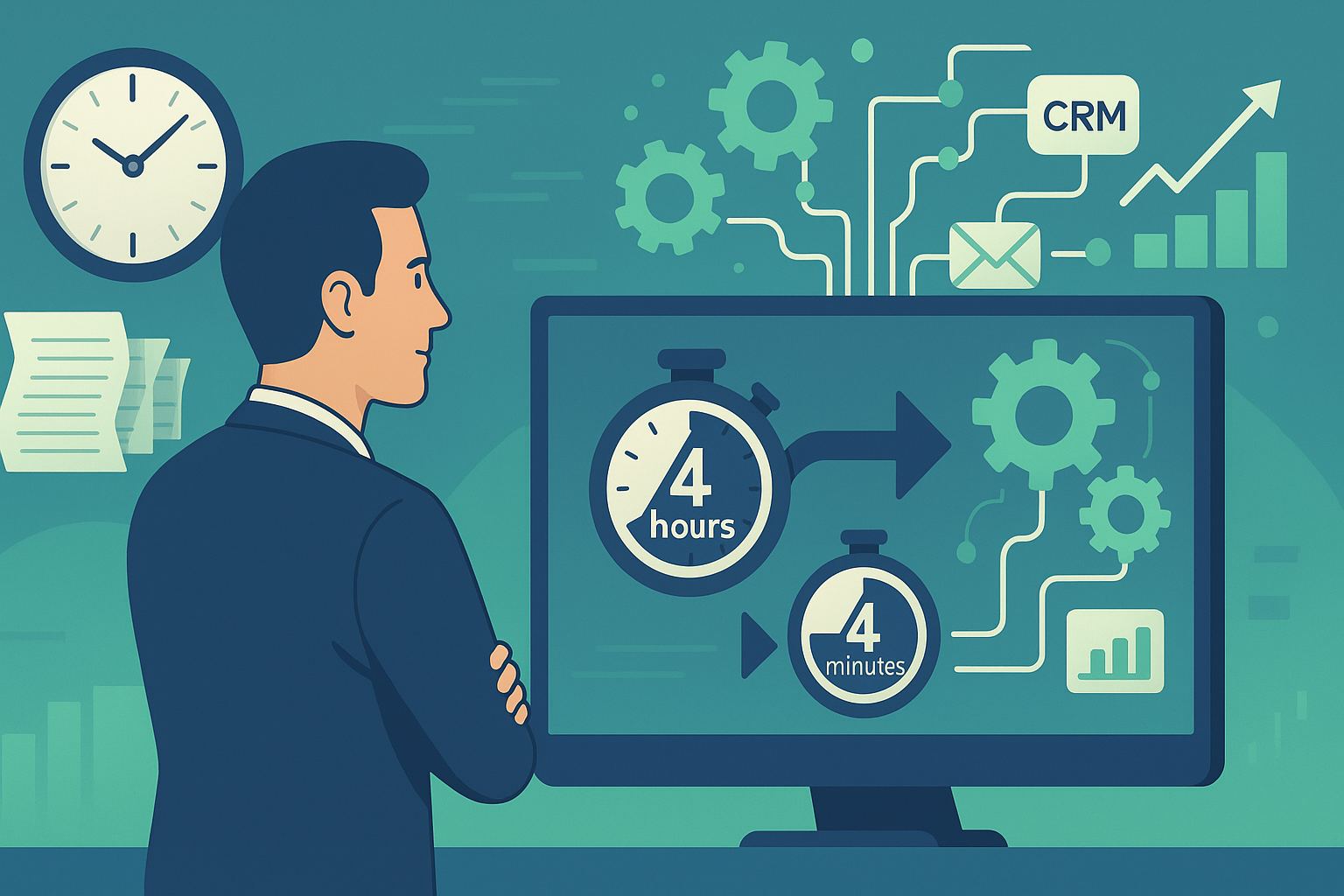How to Use AI to Write Personalized Cold Emails at Scale
It’s Sunday night. You’re staring at your CRM and that dreaded task appears: “Prospecting Block: 100 Accounts.” The feeling in your stomach tells you what’s coming. You’ll either blast generic messages and feel like a spammer or spend hours crafting a handful of handcrafted emails that barely move the needle.
This is the central productivity crisis in modern B2B sales. We’re constantly forced to choose between efficiency and relevance. But what if that choice was a false one? What if artificial intelligence could help you achieve both, without sacrificing your authenticity or sanity?
The False Choice: Efficiency vs. Effectiveness
The traditional approaches to sales outreach, templates versus deep personalization, represent the old world of “one-to-many” or “one-to-one.” But the future of sales lies in one-to-one at scale. The key is understanding that AI isn’t replacing salespeople, it’s augmenting them.
Your job is no longer to write every email from scratch. Your job is to be the editor-in-chief of your outreach strategy. The human decides the target, tone, and message. The AI executes your direction at scale.
The Strategic Brief: Your Blueprint for AI-Powered Outreach
To adopt this workflow, replace your 50-email grind with one Strategic Brief containing three sections:
- Voice Profile – Teach AI to sound like you. Include examples of your best emails and guidelines for tone, structure, and style.
- Prospect Context – Gather simple, factual data on each contact: title, company, recent events, and pain points.
- Mission – Define your goal and message direction. What’s the objective of the email: reply, insight, or meeting?









